Bruce Brown's next odds are out: Lakers tied for second place Team notes explain the trading strategy in detail
On January 22, Beijing time, Bruce Brown's next home odds were updated, with the Heat (+200) ranking first, the Lakers and Nuggets (+325) tied for second, and the Kings, Mavericks and Grizzlies (+500) tied for fourth. Team reporter Buha wrote an article analyzing the Lakers' trade strategy this season.
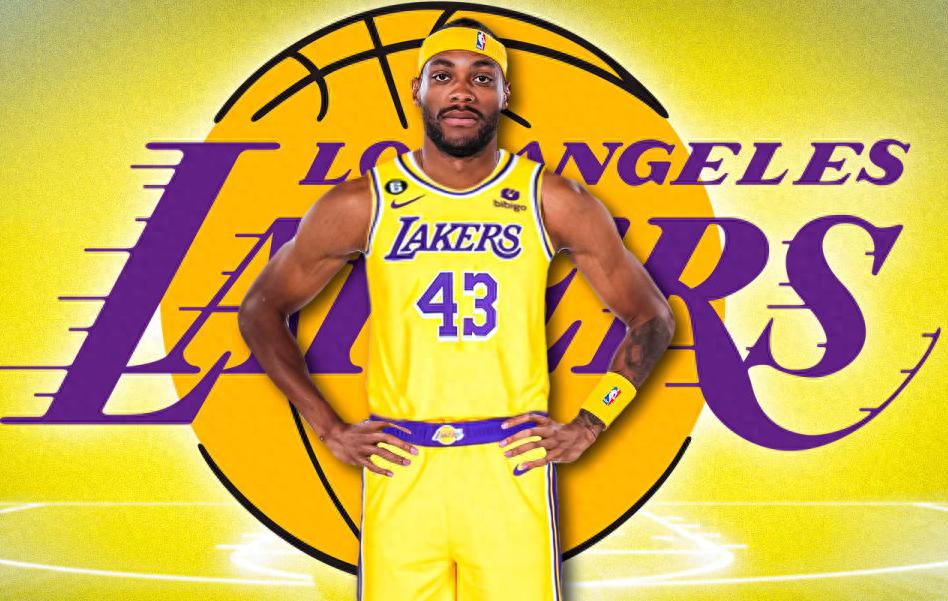
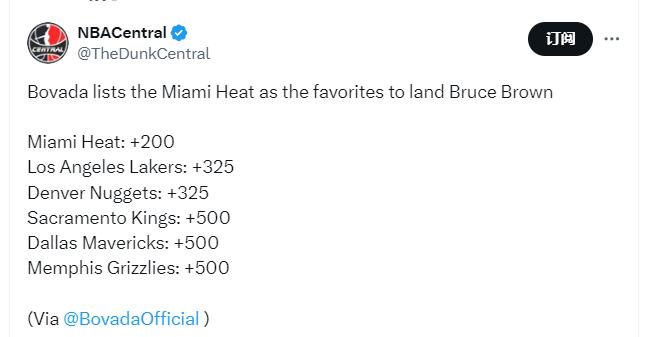
The Raptors are interested in trading Bruce Brown, and Sidery has previously stated that the Lakers are a team to watch among Brown's suitors, and they have a long-standing interest in Brown. In addition, Brown's old club, the Nuggets, are also interested in reuniting with him. However, Brown's most favored next home right now is the Heat. So far this season, Bruce Brown has played in nine games, averaging 7.2 points and 3.4 rebounds per game, shooting 43.3% from the field and 31.3% from three-point range. Brown himself said he was shocked to be traded by the Pacers to the Raptors last year, and this year he has taken a more casual approach to trades.
As the trade deadline approaches, what kind of trading strategy will the Lakers adopt? Buha explains this. He pointed out that the Lakers are currently 22-18 and in sixth place in the West, but they are not playing well against strong teams. They have an 11-1 win rate for teams below 50 percent, but 11 wins and 17 losses for teams with at least 50 percent win percentage, the worst of the top 10 teams in the West at the moment.
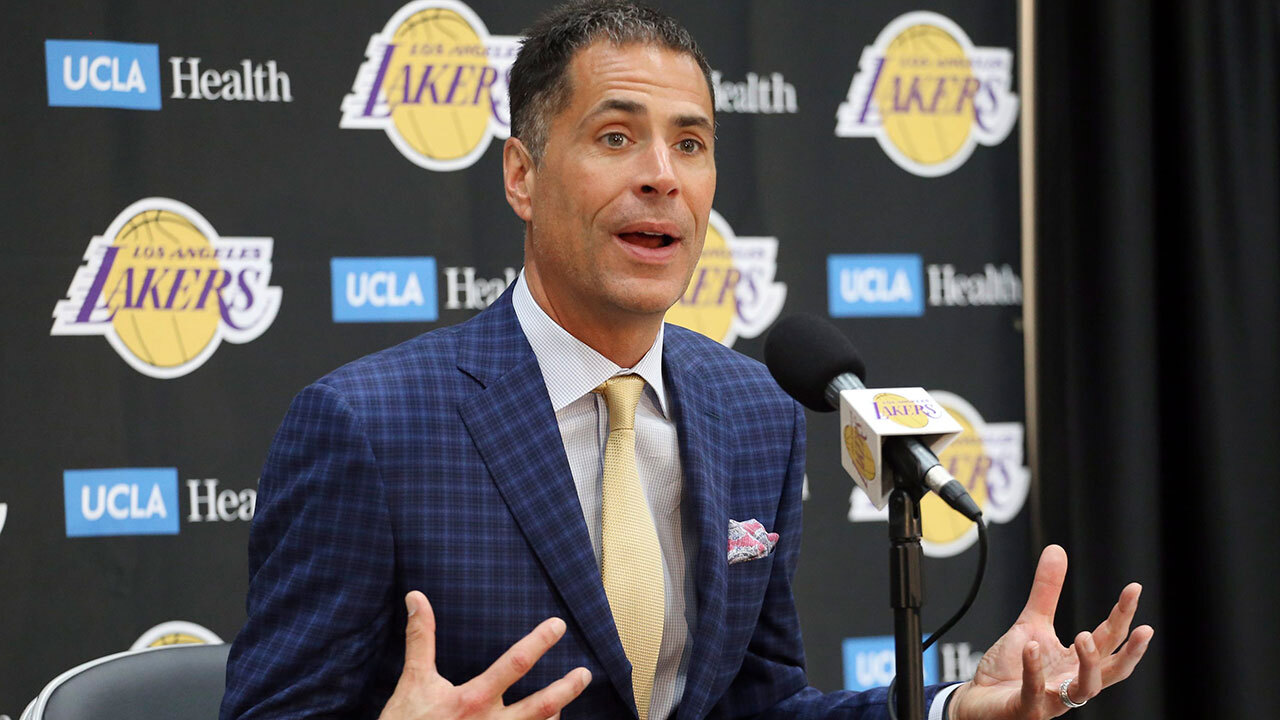

At that rate, the Lakers are expected to win 45 games, but data site Cleaning the Glass expects the Lakers to win only 36 games in the end.
There are three options in front of the Lakers -
One is to use first-round picks and (relatively) payable contracts to significantly upgrade the roster and try to make significant progress this season and next;
Second, keep the roster the same, or make minor changes with the remaining second-round picks, and they'll almost certainly be out in the first or second round of the playoffs;
Third, break up the roster and rebuild it by trading James and Davis in exchange for as many draft picks and young players as possible.
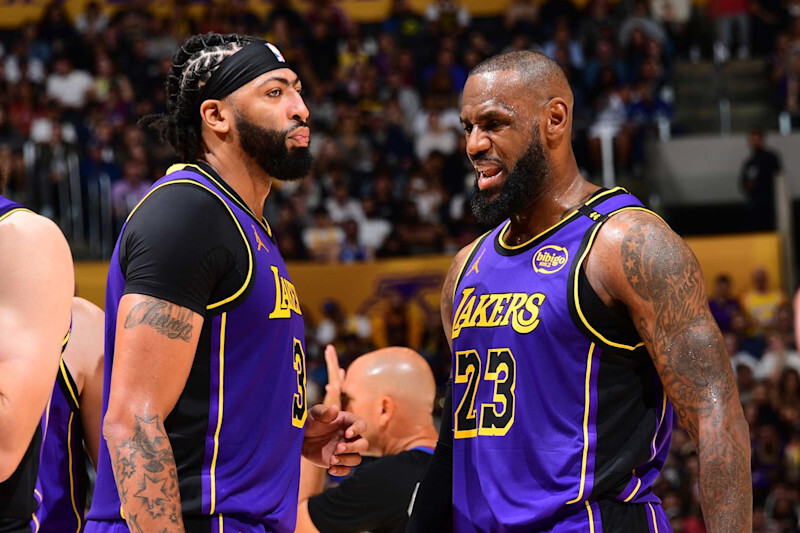
"In speaking to rival scouts and management staff, the general consensus in the league is that maintaining the status quo or making a compromise trade (perhaps with just one or two second-round picks) is more likely than the Lakers going all-in on sending away two first-round picks that they can trade in the future," Buha wrote. Of course, it depends on the players available, the asking price, and the team's performance before the trade deadline. "As for a complete rebuild for the Lakers, there's almost no possibility.
Buha also pointed out that the Lakers have three significant needs: better offensive and defensive wings; Better backup center, able to protect the basket and grab the board; Another ball-handler and playmaker, helping the team when James and Reaves aren't on the floor. The Lakers' existing assets and trades are difficult to meet all three needs at the same time.
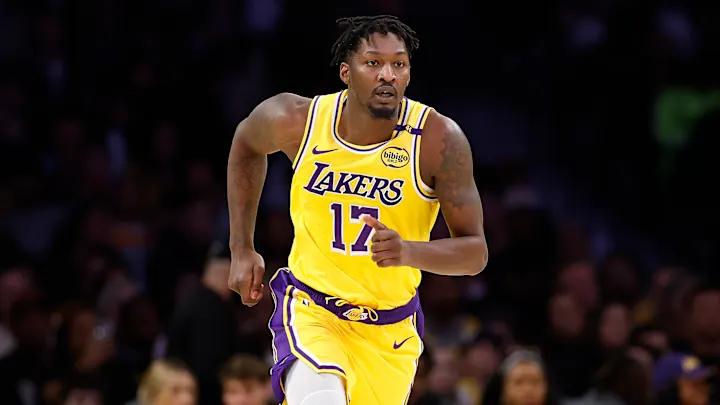
Buha also reflected on the impact of the Finney-Smith trade. Since the Finney-Smith trade, the Lakers have a record of just 4-5 and rank 17th in offensive efficiency, 26th in defensive efficiency and 25th in net efficiency. He believes that a trade like this will not be a substantial and huge improvement to the strength of the Lakers. As the trade deadline looms, what should the Lakers do? The puzzle was given to Pelinka.


Wonderfulshortvideo
Türkiye 🇹🇷 is BACK in the @FIBA EuroBasket final for the first time in 2️⃣4️⃣ years!


Game 1 was unforgettable 🍿


Boban said catch me if you can 🤣😮💨


Dennis Schröder & Franz Wagner dominated in the Germany @FIBA EuroBasket semi-finals victory 🔥


Replying to @NBA Now this is ART 🖼️ 🤌 @FIBA EuroBasket


Giannis brings the power 🔋 @FIBA EuroBasket


Happy 45th Birthday to 8x








 Links
Links
 Contact
Contact
 App
App


